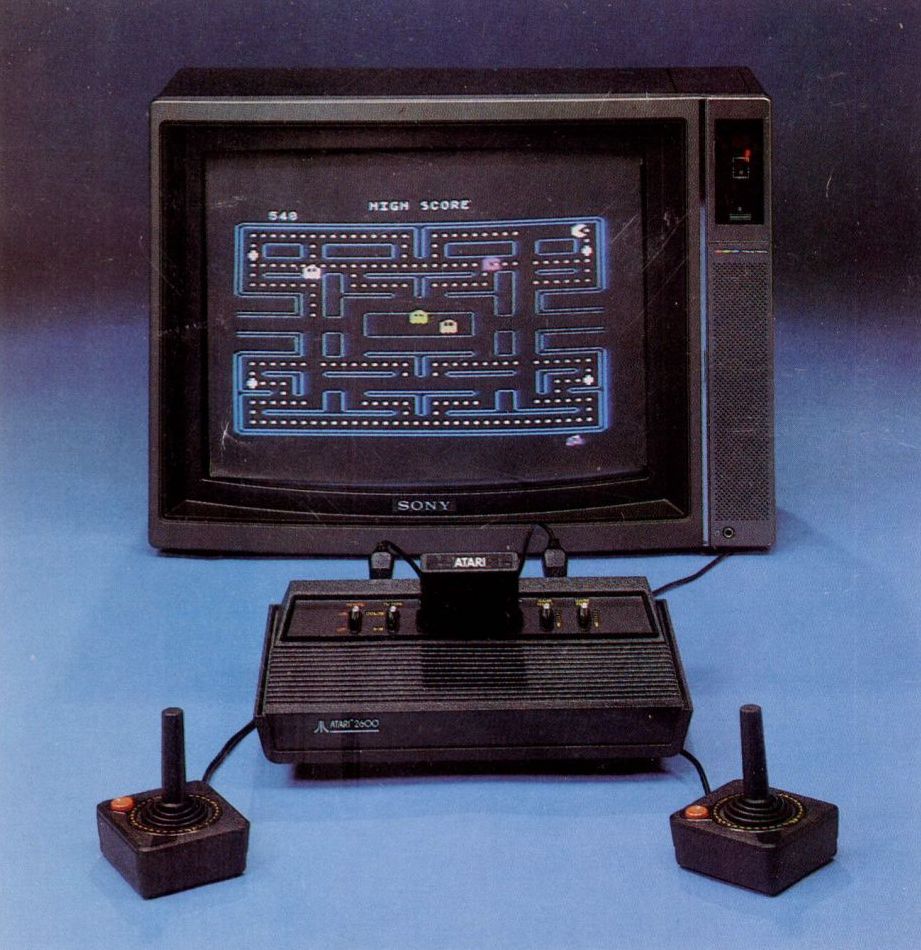

In 1952, A.S. Douglas wrote his PhD degree at the University of Cambridge on Human-Computer interraction. Douglas created the first graphical computer game - a version of Tic-Tac-Toe. The game was programmed on a EDSAC vaccuum-tube computer, which had a cathode ray tube display.
William Higinbotham created the first video game ever in 1958. His game, called "Tennis for Two," was created and played on a Brookhaven National Laboratory oscilloscope. In 1962, Steve Russell invented SpaceWar!. Spacewar! was the first game intended for computer use. Russell used a MIT PDP-1 mainframe computer to design his game.
In 1967, Ralph Baer wrote the first video game played on a television set, a game called Chase. Ralph Baer was then part of Sanders Associates, a military electronics firm. Ralph Baer first conceived of his idea in 1951 while working for Loral, a television company.
In 1971, Nolan Bushnell together with Ted Dabney, created the first arcade game. It was called Computer Space, based on Steve Russell's earlier game of Spacewar!. The arcade game Pong was created by Nolan Bushnell (with help from Al Alcorn) a year later in 1972. Nolan Bushnell and Ted Dabney started Atari Computers that same year. In 1975, Atari re-released Pong as a home video game.
Larry Kerecman was one of the first first operators of video arcade games, including Computer Space. He writes that, "The brilliance of these machines was that Nolan Bushnell and company took what was computer programming (in Space War) and translated it into a simpler version of the game (no gravity)  using hard-wired logic circuits. The printed circuit boards that comprise electronics of these games use integrated circuits called small-scale integrated circuits. They consist of discrete logic chips and gates or gates, 4-line to 16-line decoders, etc. straight out of the Texas Instruments catalog. The shape of the rocket ship and flying saucer even are visible in a pattern of diodes on the PC board."
using hard-wired logic circuits. The printed circuit boards that comprise electronics of these games use integrated circuits called small-scale integrated circuits. They consist of discrete logic chips and gates or gates, 4-line to 16-line decoders, etc. straight out of the Texas Instruments catalog. The shape of the rocket ship and flying saucer even are visible in a pattern of diodes on the PC board."
In 1972, the first commercial video game console that could be played in the home, the Odyssey was released by Magnavox and designed by Ralph Baer. The game machine was originally designed while Ralph Baer was still at Sanders Associates in 1966, Baer managed to gain his legal rights to the machine after Sanders Associates rejected it. The Odyssey came programmed with twelve games. In 1976, Fairchild released the first programmable home game console called the Fairchild Video Entertainment System, and later renamed Channel F. Channel F was one of the first electronic systems to use the newly invented microchip invented by Robert Noyce for the Fairchild Semiconductor Corporation that allowed video games to not be limited by the number of TTL switches. On June 17, 1980, Atari's "Asteroids" and "Lunar Lander" were the first two video games to ever be registered in the Copyright Office.
It was in 1962 when a young computer programmer from MIT, Steve Russell fueled with inspiration from the writings of E. E. "Doc" Smith*, led the team** that created the first popular computer game. Starwar was almost the first computer game ever written, however, they were at least two far-lesser known predecessors: OXO (1952) and Tennis for Two (1958). It took the team about 200 man-hours to write the first version of Spacewar. Steve Russell wrote Spacewar on a PDP-1, an early DEC (Digital Equipment Corporation) interactive mini computer which used a cathode-ray tube type display and keyboard input. The computer was a donation to MIT from DEC, who hoped MIT's think tank would be able to do something remarkable with their product. A computer game called Spacewar was the last thing DEC expected who later provided the game as a diagnostic program for their customers. Steve Russell never profited from Spacewars.
The PDP-1's operating system was the first to allow multiple users to share the computer simultaneously. This was perfect for playing Spacewar, which was a two-player game involving warring spaceships firing photon torpedoes. Each player could maneuver a spaceship and score by firing missiles at his opponent while avoiding the gravitational pull of the sun.